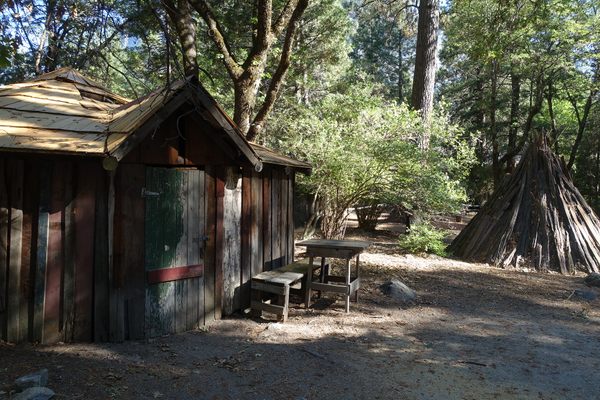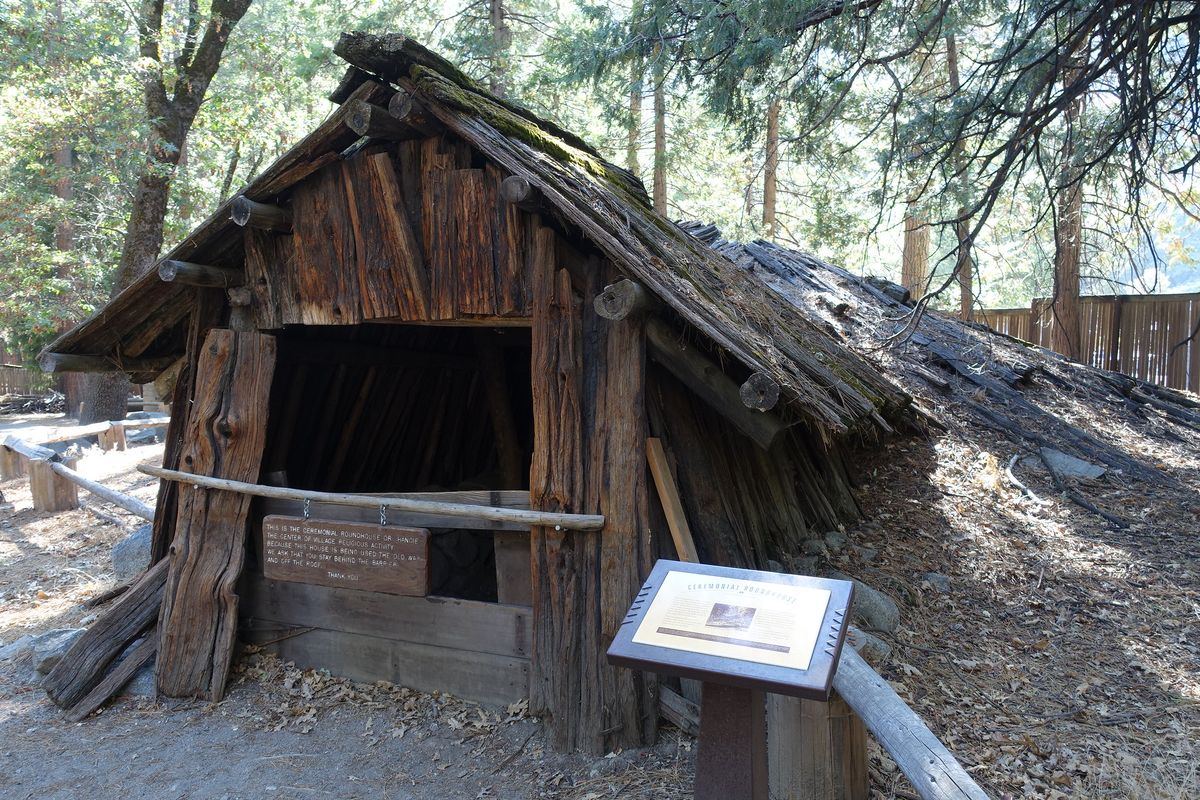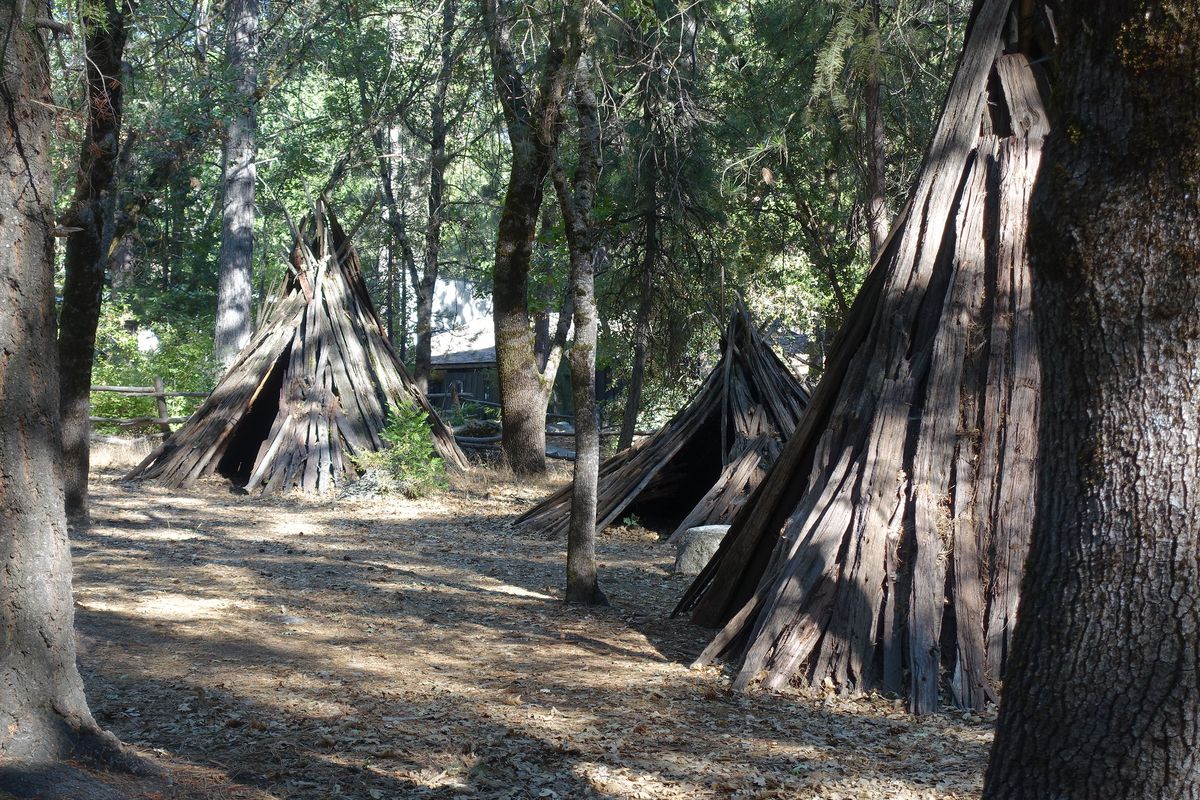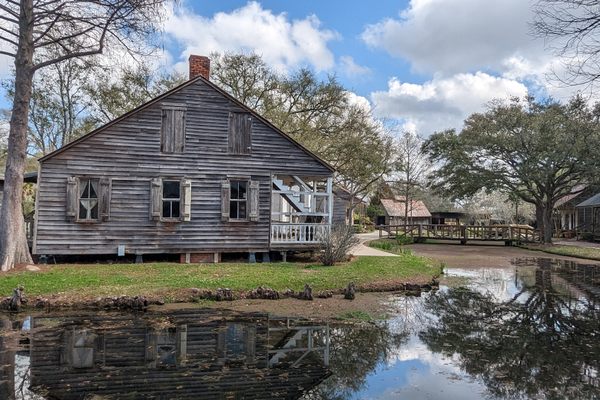About
Behind the Visitor Center near the Yosemite Museum, you can follow a trail that leads to a place lost in time, and swallowed by history.
The Yosemite Valley and it surrounding area have been inhabited for as long as 8,000 years. Though little is known about the region's earliest inhabitants, archaeologists have uncovered small stone weapons and tools. Eventually, the valley came to be called Ahwahnee, which means "gaping mouth-like place." The people who lived in the area called themselves Ahwahneechee.
Yosemite was populated mostly by Southern Miwok people, with Central Miwok people utilizing the northern quarter of the park. At the end of the 18th century, non-Native settlers began arriving in the area, which would dramatically change the Miwok way of life. The California Gold Rush brought thousands of miners to the Sierra Nevada in search of riches. As these prospectors developed the land and established settlements, thousands of Miwok people were killed, died of starvation, or forced to leave the land they had inhabited for generations.
The reconstructed Miwok Village of Ahwahnee is meant to depict life for as it was in an Ahwahnee village in the 1870s. This village is a reconstruction of one used to sit in the same spot, which was disbanded in the 1930s. It had been the largest Miwok village in the Yosemite Valley, with around 200-300 inhabitants. The replica contains several structures which would have been familiar to the Ahwahneechee people, including bark teepees, acorn silos, and a sweat lodge.
Markers lining the path educate on the history of the structures and native plants in the area, and seasonally the staff present demonstrations on basket weaving, beadwork and other culturally significant activities. The attraction is free to visit.
A house is still occasionally in use (and thus off-limits to anyone who is not a member of the tribe) by remaining members of the Ahwahnee tribe, some of whom still live in Yosemite Valley.
Related Tags
Know Before You Go
Aim for the visitors center, then locate the museum nearby and walk through to the back.
Community Contributors
Added By
Published
July 7, 2013














































